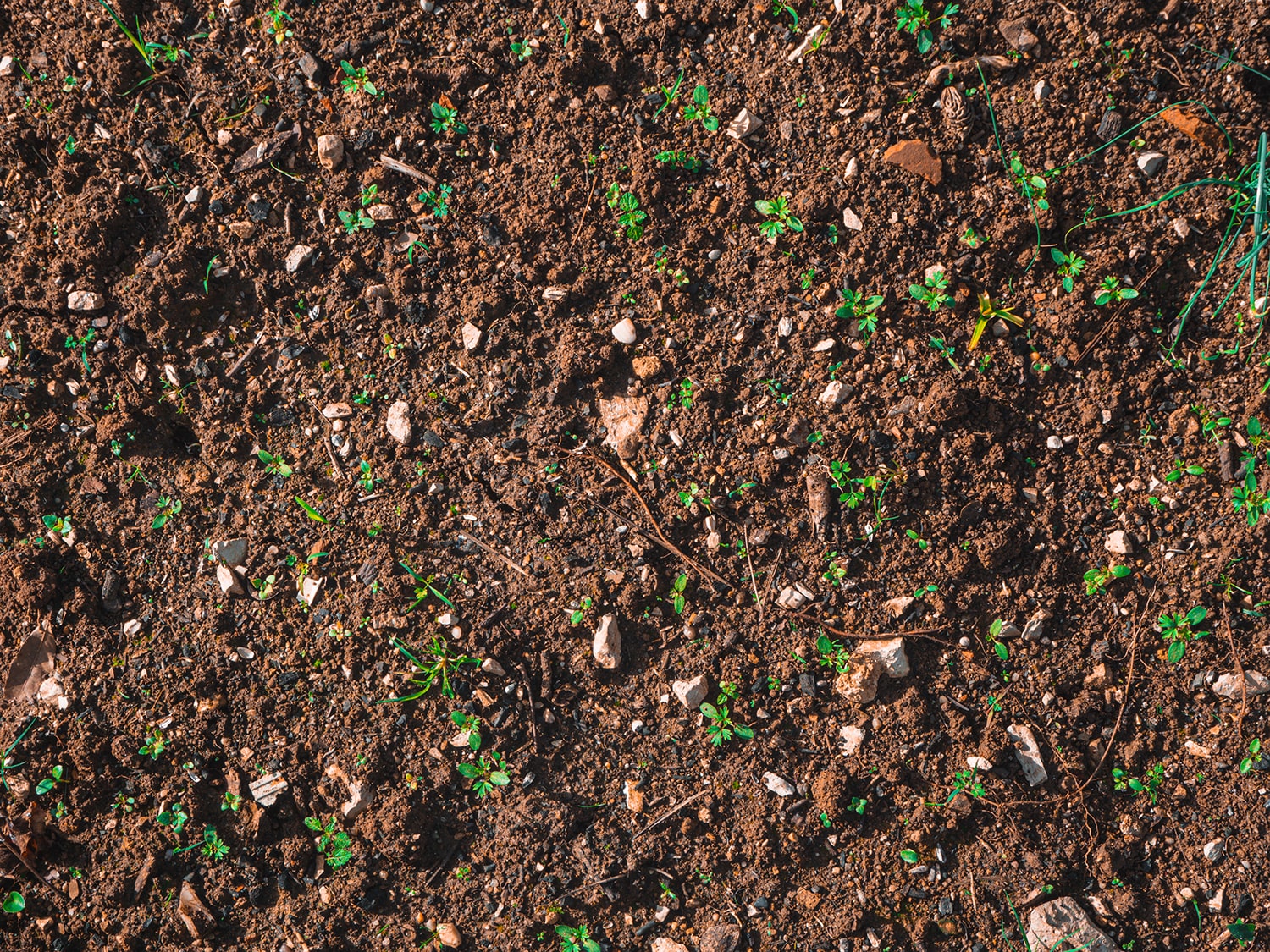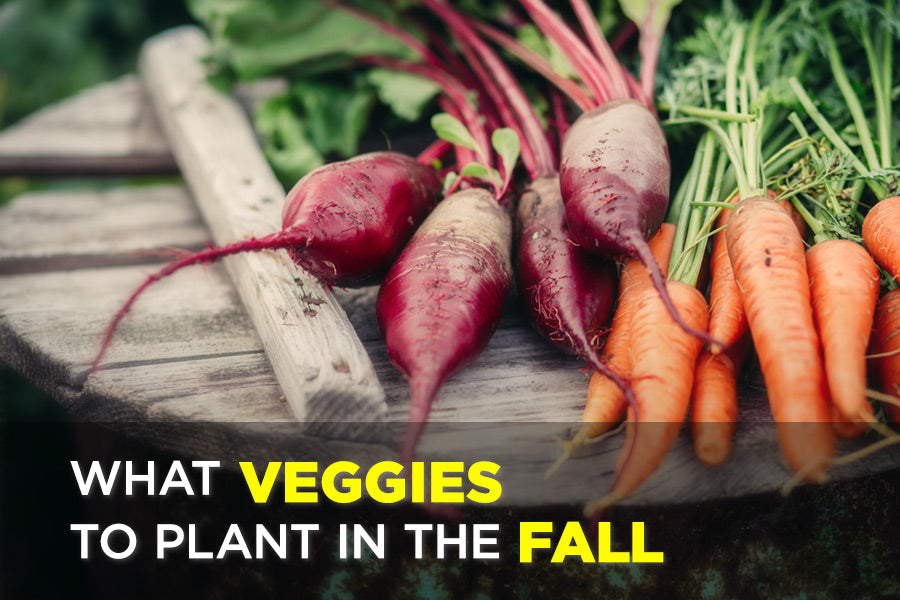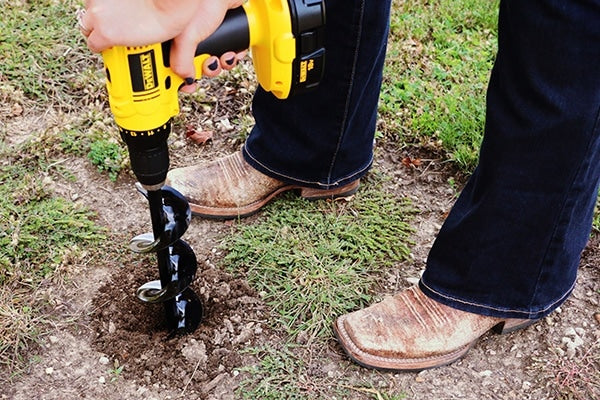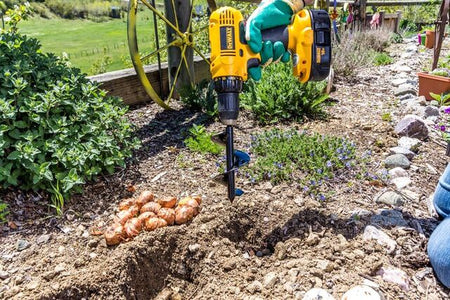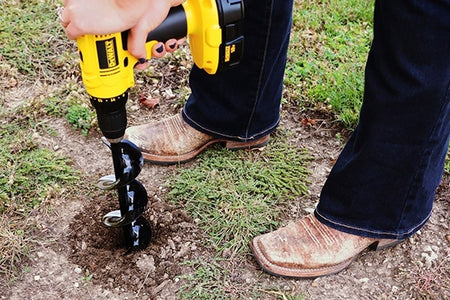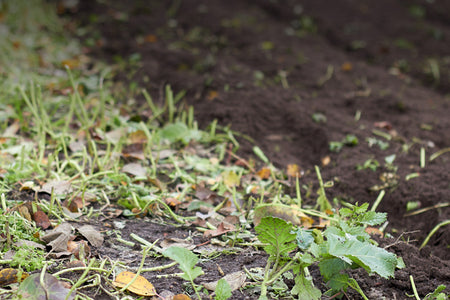The end of summer means the end of growing delicious, crisp vegetables like tomatoes, cucumbers, and corn. But your garden can still teem with rich, colorful vegetables in the fall. They just have to be able to grow quickly and survive light frosts. Here are some of the best late summer, early fall vegetables to plant in your garden.
1. Beets
These root vegetables are best grown from seed so the root remains undisturbed as it begins to grow. (Though many people plant beets in the summer, they get bitter quickly due to heat and water stress , which is why fall planting is best.) Provide beets with plenty of sun, partial shade, and moist soil, and they’ll thrive until the season’s first heavy frost.
2. Cauliflower
The cool fall weather keeps cauliflower heads tighter and more tender, as long as they’re planted in full sun and rich, healthy soil. However, since cauliflowers take a while to grow (up to two or three months depending on the type), first germinate the seeds indoors before transplanting them outside in late summer.
3. Spinach
Not only is spinach one of the most cold-tolerant greens you can plant but it also only takes about a month or so to fully mature. So you can enjoy several batches before the first frost. (Planting a batch every two weeks in moist soil should do the trick.) Fall temperatures also help prevent bolting (forming flowers during the hot summer months), helping them be more tender and taste less bitter.
4. Bush Beans
Bush beans grow on short bushes and can produce in as little as 45 days in rich, moist soil. This makes them an ideal vegetable for fall planting. (Many gardeners even believe that fall beans are more flavorful than when they’re planted in the warmer months.) Just be sure to harvest them by your first frost since they don’t do well in the cold. Or, protect them with row covers or heavy mulch to extend the season.
5. Carrots
While carrots can grow year-round, they especially thrive in fall temperatures. In fact, too much heat makes them taste less sweet. It’s best to plant them about three months before the first frost in deep, loose soil and direct sunlight.
6. Brussels Sprouts
One of the cold-hardiest vegetables, Brussels sprouts can survive freezing temperatures. Wait until after your first frost to harvest your Brussels sprouts and you’ll find them more flavorful. For best results, plant them about three months before the first frost in full sun.

Part of understanding which late summer, early fall vegetables to plant is knowing when to plant them. The common rule of thumb for successful fall planting — no matter where you live — is knowing your area’s first fall frost date.
Once you know this, do the following:
- Look at your vegetable’s seed packet to find important info like “days to germination.”
- Use that number to count back from your area’s first fall frost date. (Germination days are usually listed as a range on seed packets — like 5 to 10 days — so use the larger number.)
- From that date, count back another week or two to account for how much longer it takes vegetables to grow in fall compared to summer (as the days are much shorter).
- Finally, count back how many days you’ll need to harvest the plant.
The date you land on is the date you should plant that crop. (For more information about which plants thrive best in which areas of the country, check out the USDA’s Plant Hardiness Zone Map.)
No matter which late summer, early fall vegetables you choose for your garden, as long as you do some research about your zone and best time to plant them, you’ll have a successful — and delicious — fall harvest.

